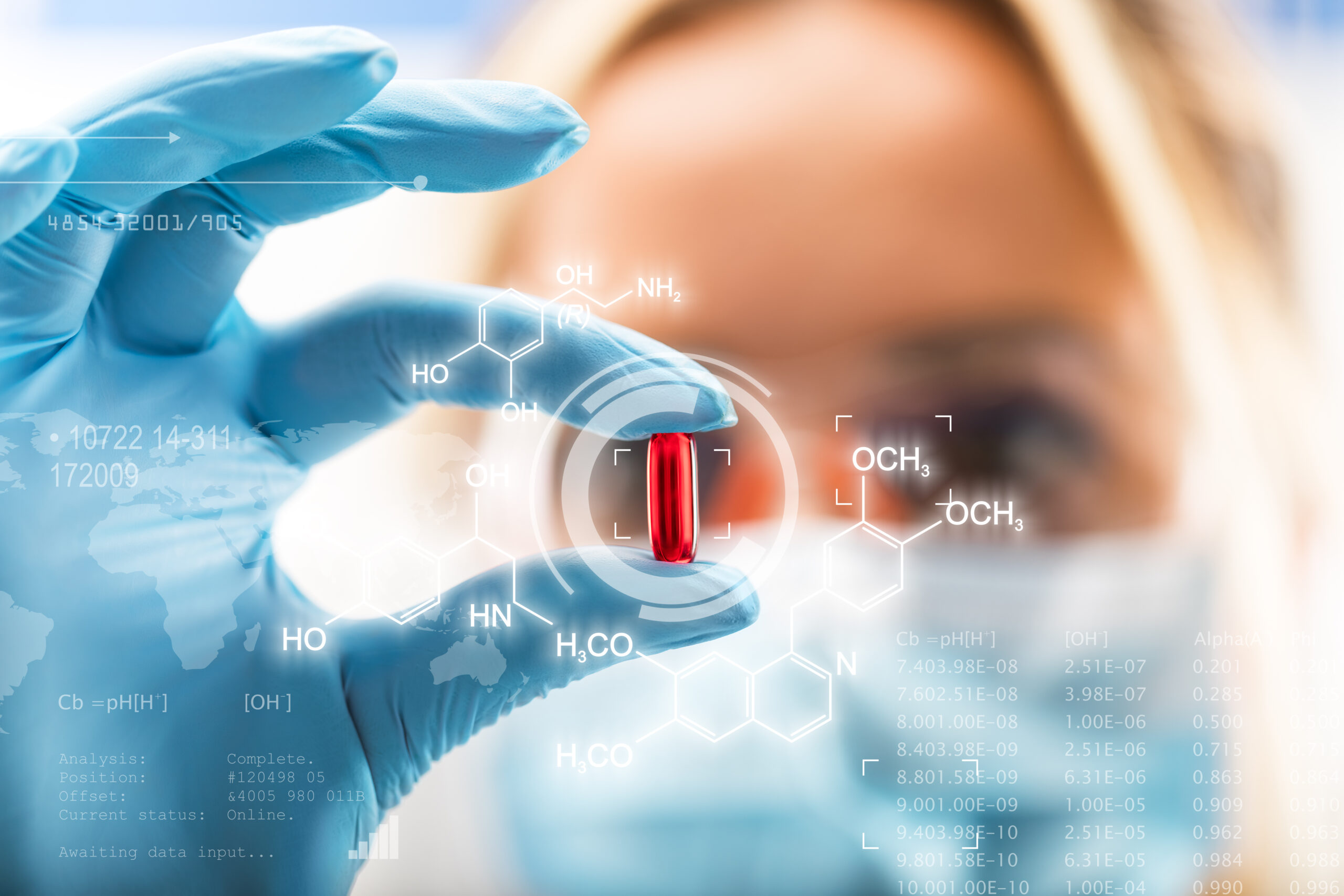
Pharmacovigilance (PV) forms an integral part of the drug development process that ensures drugs meet a sufficient safety profile. The process of PV continues to undergo refinement to assess and prevent potentially harmful side effects that comprise the health of patients. The integration of artificial intelligence (AI) is one of the latest innovations pharma companies are looking towards to address some of the challenges.
Introduction
According to the European Medicines Agency (EMA), PV is defined as “the science and activities relating to the detection, assessment, understanding and prevention of adverse events (AEs) or any other medicine-related problem”. All biopharmaceuticals undergo rigorous testing for safety and efficacy through clinical trials before they are granted approval for market use.
PV is an extensive process but can be divided into three areas: operations, surveillance and systems.
Operations involve professionals such as drug safety officers and case processors who collect and record information during preclinical development and clinicals, in addition to real world evidence (RWE) of AE (reported by doctors and patients post-market). This is one of the most important parts of PV as it creates a database of information regarding potential AE and those recorded in order to assess whether the benefits outweigh associated risks.
During clinical trials, investigators collect and analyse data on serious AE and determine whether the drug candidate is causing these events or if it’s patient physiology. If the negative side effects were concluded as casual, they are categorised adverse drug reactions.
This data is shared with the R&D team which is then shared with the in-house PV team which determines if the drug is “sufficiently safe and effective to progress to the next phase of clinical research or to submit an application to the regulatory authority for approval to go to market”.
Surveillance builds upon operations involving development safety update reports for drugs in clinical research, and periodic benefit risk evaluation reports for post-market drugs. These reports ultimately help PV teams to draw conclusions around the safety and efficacy of a drug or candidate molecule.
Systems is a division primarily concerned with the ongoing development of systems which house and allows access to vast quantities of safety data. This has been inferred as one of the more challenging areas of PV as pharma companies have to stay up to date with the changing regulations and requirements by agencies like the EMA and FDA. This area of PV is typically supported by professionals titled ‘Qualified Person for Pharmacovigilance’ whose focus is to understand, plan for and advise upon the regulations and requirements that companies must adhere to.
PV analysis in phase I, phase II and phase III is arguably one of the most important parts of drug development as it ensures a patient’s safety while bringing therapeutic efficacy to either treat a disease or manage symptoms effectively.
In addition to patient safety, efficient pharmacovigilance processes also ensure that the drug goes through the development process from preclinical to market smoothly without hiccups that would otherwise cost pharma companies a lot of money. If serious AE were to occur after approval for example, but were not documented sufficiently during clinical trials, the drug would have to be pulled from the market and undergo further testing which can cost millions.
Emerging integration of artificial Intelligence
The integration of AI in the drug development process is evident across a number of stages seen over the last few years – PV is one of the latest areas which is seeing emerging utility for AI.
Bayer Pharmaceuticals applied AI to its pharmacovigilance systems back in 2018, teaming up with Genpact for Pharmacovigilance Artificial Intelligence (PVAI) products. The system extracts AE data from source documents in an automated manner which has won “a number of competitive proof-of-concept trials run by large pharmaceutical companies”, according to a PharmaPhorum article.
One of the main challenges for pharma companies is the sheer volume of data to process, making it difficult to extract key data about drug safety and convert it into meaningful conclusions. In order to address challenges such as this, an increasing number of pharma companies are outsourcing to companies specialising in AI.
In comparison with conventional statistical analysis, AI can process large, complex data containing complex nonlinear relationships.The hope is that this can be leveraged to boost the speed, capacity and quality of data processing in PV, whilst drawing out important conclusions from trends and patterns.
It has been suggested that a branch of AI known as machine learning (ML) would be particularly useful. Specifically, “from bioinformatics-based data, ML can assess structure-activity relationships, and via systems biology/network graph analysis, how drug effects ripple through complex biological networks, including off-target effects, helping toxicity prediction prior to, or during drug development”.
According to a 2020 review, the benefits of AI in PV can be summarised as follows:
• The most important benefits of AI are reduced cycle times. Due to this method, the processing is spontaneous
• Improve the quality and accuracy of the information
• AI can handle or manage diverse types of incoming data formats
• It can be used for the identification of adverse drug reactions (ADRs)
• AI is useful to reduce the burden and time of case processing
• AI tools extract the information from the adverse drug event form and evaluate the case validity without the workforce.
Natural language processing (NLP) is the automated computational processing of human language which can take new, unstructured data from any source and convert it to structured formats which AI and ML can then be applied to.
This is especially useful for audio transcription from which AEs discussed on calls can be identified promptly and mitigate the need for costly and time-consuming manual transcriptions. Consequently, this will allow rapid identification of potential AEs and address possible impact to patient safety before it becomes widespread.
The automation of AI is also a key aspect that will no doubt reduce the likelihood of human error that can occur during data analysis, as well as saving a significant amount of time and consequently money.
While AI integration within PV remains relatively new in the pharmaceutical industry, market leaders like Bayer have begun to lead the way in utilising the benefits of AI to improve the success of drugs on the market and safety profiles.
Charlotte Di Salvo, Lead Medical Writer
PharmaFeatures
Subscribe
to get our
LATEST NEWS
Related Posts

Pharmacovigilance
Complexity of Clinical Decision Support Systems
In today’s healthcare, where choices can make all the difference, CDSSs shine as trusted guides.

Pharmacovigilance
Iatrogenic Disorders: A Hidden Risk of Medical Treatment
“All men make mistakes, but a good man yields when he knows his course is wrong, and repairs the evil. The only crime is pride.”— Sophocles, Antigone”
Read More Articles
Myosin’s Molecular Toggle: How Dimerization of the Globular Tail Domain Controls the Motor Function of Myo5a
Myo5a exists in either an inhibited, triangulated rest or an extended, motile activation, each conformation dictated by the interplay between the GTD and its surroundings.
Designing Better Sugar Stoppers: Engineering Selective α-Glucosidase Inhibitors via Fragment-Based Dynamic Chemistry
One of the most pressing challenges in anti-diabetic therapy is reducing the unpleasant and often debilitating gastrointestinal side effects that accompany α-amylase inhibition.













